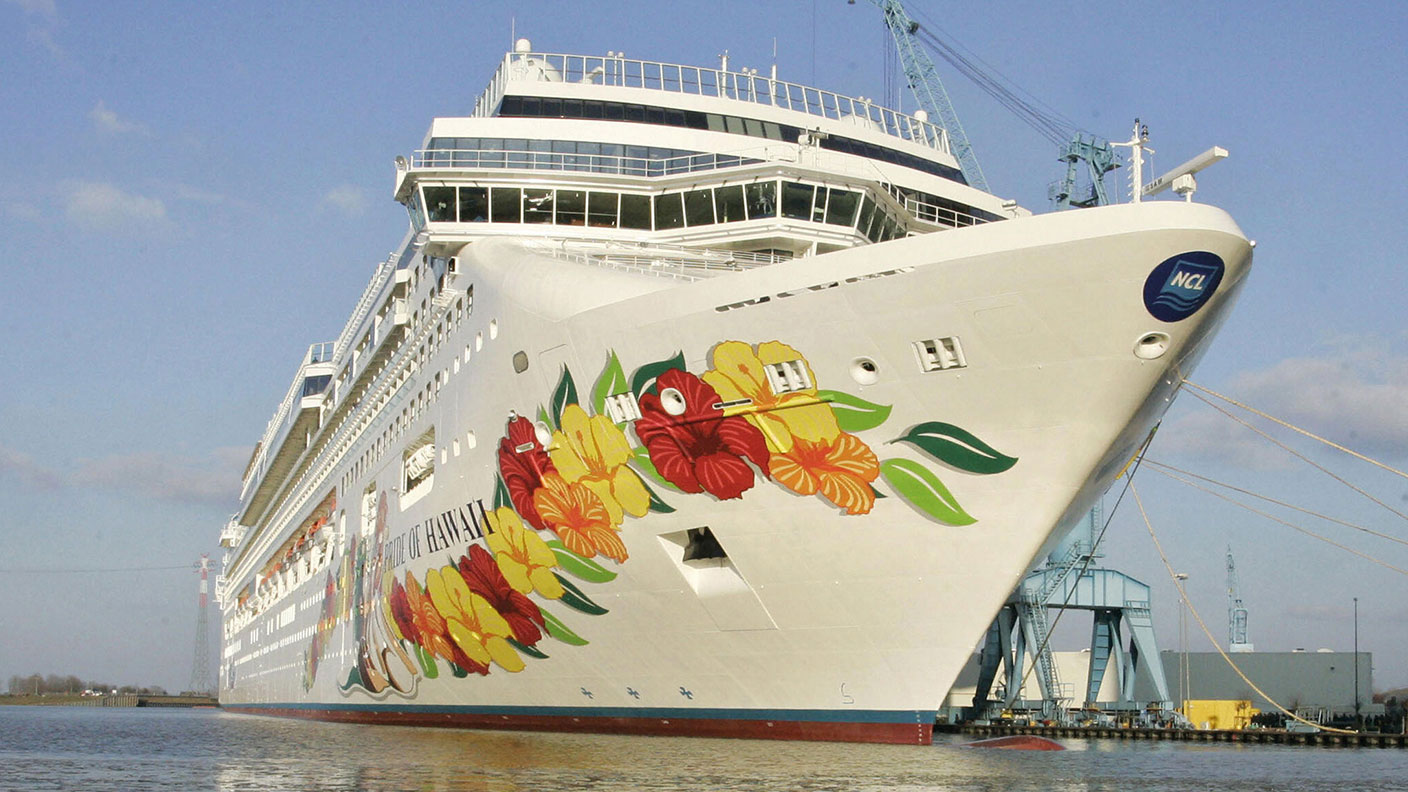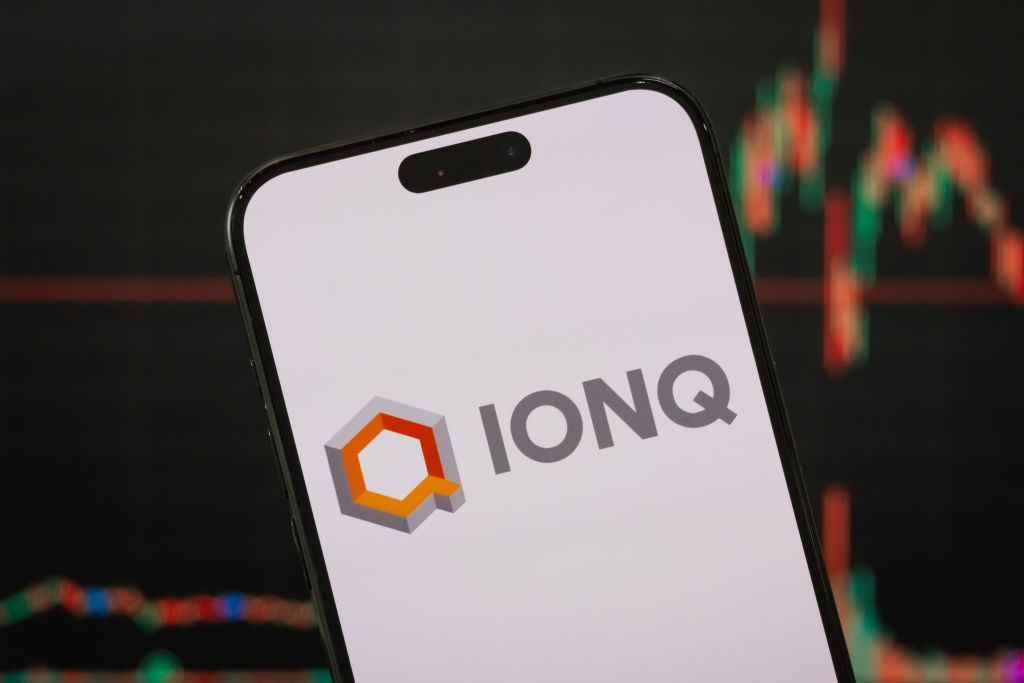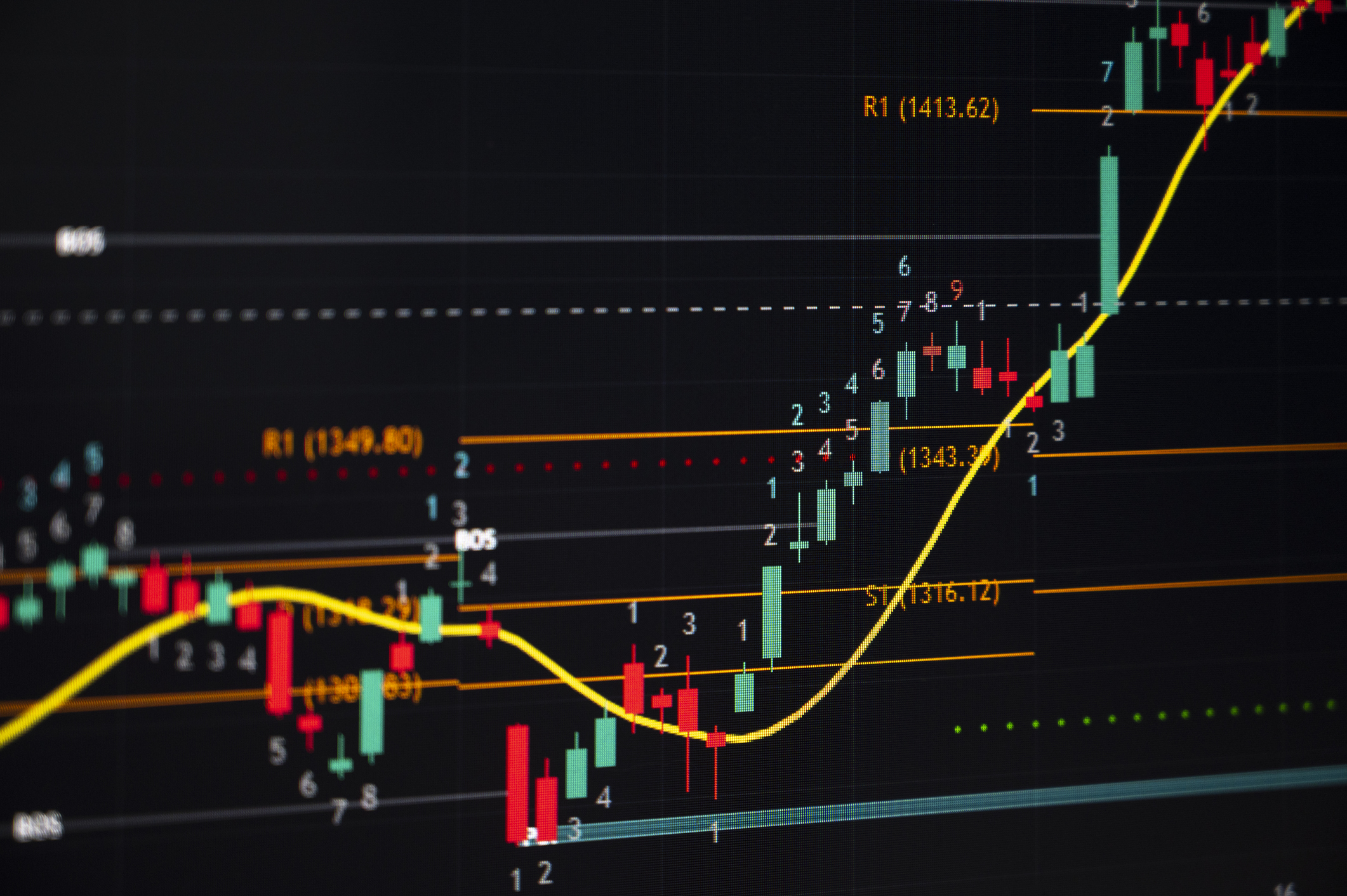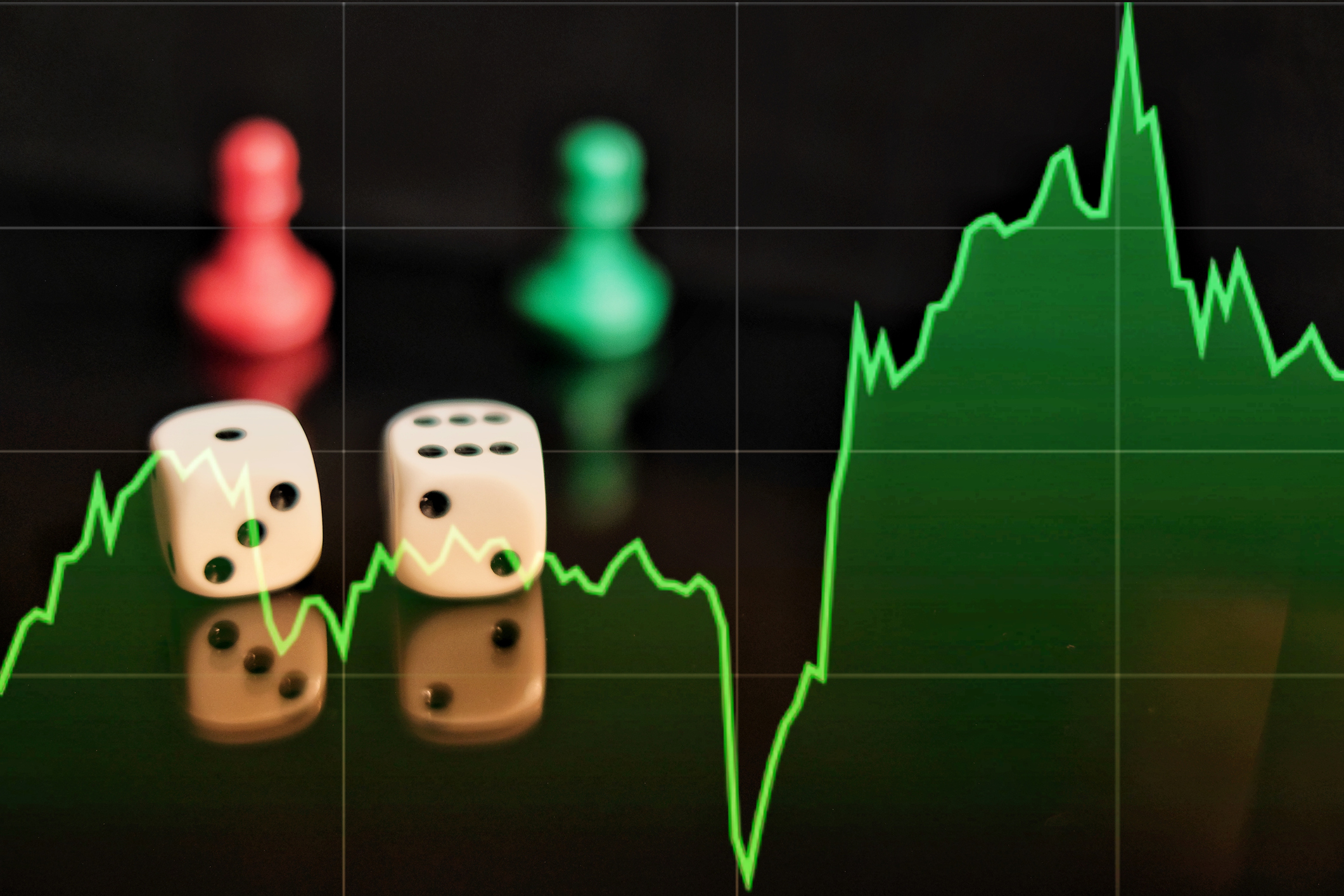How to take a punt on the cruising sector’s comeback
The outlook for cruise operators is improving rapidly, says Matthew Partridge, so the sector’s third-largest operator is a buy.


This has been a dismal year for the cruise ship industry. Not only was it shut down as soon as Covid-19 became a major problem, but the second wave of the virus has dashed hopes that sailing would be allowed to resume in the autumn. Most companies have not only cancelled all their remaining cruises this year, but they have also indicated that there will be few (if any) sailings taking place in the first three months of 2021, with some trips in the late spring also called into question.
Given this horrible backdrop, it’s not surprising that shares in Miami-based Norwegian Cruise Line Holdings (NYSE: NCLH), the third-largest cruise line in the world, have been crushed. At one point in March they were down by 85% from the start of the year. Even though they have more than doubled since then, they are still 66% below their 2020 high. To add insult to injury, the group has announced that it is going to issue more shares in an attempt to raise cash, which will result in its shareholders being diluted.
Buy at the bottom
Nevertheless, I think this is a good time to buy into the troubled company. Not only are several vaccines showing high levels of efficiency, but it looks as though the notoriously cautious US Food and Drug Administration, as well as the regulatory bodies of other countries, will start granting emergency approval to at least some of the most promising vaccines as early as mid-December.
Subscribe to MoneyWeek
Subscribe to MoneyWeek today and get your first six magazine issues absolutely FREE

Sign up to Money Morning
Don't miss the latest investment and personal finances news, market analysis, plus money-saving tips with our free twice-daily newsletter
Don't miss the latest investment and personal finances news, market analysis, plus money-saving tips with our free twice-daily newsletter
Thanks to Operation Warp Speed, this will mean that millions of elderly and vulnerable Americans will be vaccinated before Christmas, with a large proportion of the population receiving the jab by Easter 2021. Given that the median cruise ship passenger is in their 60s, this should make large-scale cruising possible again. Even if the vaccination programme takes longer than expected, or officials want to wait until most of the population has been vaccinated, Norwegian has more than enough cash on hand to survive without having to tap shareholders again. The proposed dilution is only around 15%, a relatively small amount compared to companies in sectors that have also been hit badly (such as airlines).
With signs that there is a strong appetite for cruises, its 2019 price/earnings (p/e) ratio looks very attractive, especially given that the company more than doubled its sales between 2014 and 2019.
With Norwegian’s shares trading above both their 50-day and 200-day moving average, they are clearly benefiting from positive momentum, so this is a good time to go long on Norwegian at the current price of $22 at £100 per $1. Given the volatility associated with the market, I suggest that you have a looser stop-loss than normal of $12 to avoid being stopped out by sudden swings in price. This limits your total downside to £1,000.
How my tips have fared
The bullish overall market mood over the past fortnight has boosted my long tips, with four out the five appreciating. Media group and broadcaster ITV has climbed from 89p to 95p and homebuilder Bellway has risen from 2,831p to 3,112p. Train and bus operator National Express has gone from 218p to 240p and pub group Mitchells & Butlers from 218p to 238p. However, cruise operator Carnival Corporation not only fell from $19.25 to $18.18, but also briefly dipped below $15, which is the price at which I suggested that you set your stop-loss, so you would have sold it at a loss of £300.
Sadly, some short tips have also gained, eating into my net profits. Online insurance broker eHealth increased from $74 to $75.19, online furniture retailer Wayfair jumped from $235 to $256 and social network Twitter went up from $42.20 to $44.94.
Electric truck company Nikola rose from $18.63 to $29.41 owing to mounting speculation that it may be close to agreeing a deal with GM, while a bullish research note from a broker provided additional momentum. My short tips are making total profits of £1,738, compared with £2,124 two weeks ago.
My open tips are making combined profits of £5,970. With five long tips (Norwegian Cruise Lines, ITV, Bellway, National Express and Mitchells & Butlers) and four short (eHealth, Wayfair, Nikola and Twitter), my portfolio is reasonably well balanced. However, I’m going to lock in some profits by suggesting that you increase the stop-loss on Bellway to 2,700p (up from 2,650p) and on both National Express and Mitchells & Butlers to 180p (up from 175p). I would also lower the price at which you cover the eHealth short to $110 (from $120).
Trading techniques: are new bosses a buy?
Given that CEOs play a large role in determining a company’s strategy and operations, it’s no wonder that the appointment of a new CEO can have a significant impact on a firm’s share price. It can cause a rise in the stock price if the market thinks that the new CEO will improve the company’s performance. It can also cause the share price to fall if the market thinks the newcomer will either fail to live up to their predecessor or that the departure of the previous CEO suggests undisclosed problems.
However, a 2012 study by James M. Citrin of consultancy Spencer Stuart suggests that the initial reaction may not be that accurate, and may provide a poor guide to the subsequent performance of the firm’s share price. Between 2004 and 2009, 314 companies in the S&P 500 named a new CEO, with 49% rising, 49% falling and 2% essentially staying the same after the first day of trading.
Of those that saw their share price rise, a small majority (55%) saw their share price go up in the longer term. But of those that saw their price go down, a bigger proportion would see long-term gains after the first day. This effect was particularly marked when the announcement of a new boss led to dramatic moves. Indeed, of the 20 companies that saw a rise of more than 5% on the new CEO’s first day, less than half (40%) would see the share price continue to rise during the rest of time that the new CEO was in office. However, nearly four-fifths (79%) of the 14 companies whose shares plunged by 5% or more saw long-term gains.
This suggests that a contrarian strategy of waiting a day to gauge the market’s reaction to the change, and then buying the shares that fall by a large amount (and selling those that rise by a large amount) can work well.
Sign up for MoneyWeek's newsletters
Get the latest financial news, insights and expert analysis from our award-winning MoneyWeek team, to help you understand what really matters when it comes to your finances.

Matthew graduated from the University of Durham in 2004; he then gained an MSc, followed by a PhD at the London School of Economics.
He has previously written for a wide range of publications, including the Guardian and the Economist, and also helped to run a newsletter on terrorism. He has spent time at Lehman Brothers, Citigroup and the consultancy Lombard Street Research.
Matthew is the author of Superinvestors: Lessons from the greatest investors in history, published by Harriman House, which has been translated into several languages. His second book, Investing Explained: The Accessible Guide to Building an Investment Portfolio, is published by Kogan Page.
As senior writer, he writes the shares and politics & economics pages, as well as weekly Blowing It and Great Frauds in History columns He also writes a fortnightly reviews page and trading tips, as well as regular cover stories and multi-page investment focus features.
Follow Matthew on Twitter: @DrMatthewPartri
-
 Half of UK homeowners will need to tap housing wealth to pay for retirement
Half of UK homeowners will need to tap housing wealth to pay for retirementUnlocking property wealth could inject £21 billion each year into UK economy by 2040, according to new research
-
 When will M&S take online orders again?
When will M&S take online orders again?Shoppers have not been able to place orders on the M&S website for more than two weeks, following a cyberattack. Meanwhile, the retailer’s share price has plummeted by 15%. When will things get back to normal?
-
 IonQ 'offers no quantum of solace'
IonQ 'offers no quantum of solace'Opinion Quantum computing group IonQ is inefficient, overhyped and overpriced
-
 How Corpay is cashing in on expenses
How Corpay is cashing in on expensesFinancial technology company Corpay has found a profitable niche managing corporate payments
-
 Drone company Red Cat Holdings sees shares tumble
Drone company Red Cat Holdings sees shares tumbleRed Cat, the unprofitable and inefficient US drone manufacturer is set to slide
-
 Why Sezzle's shares may be overvalued
Why Sezzle's shares may be overvaluedSezzle, the US buy-now-pay-later provider, is resting on shaky foundations. Is it time to sell this stock?
-
 MoneyWeek's trading tips - how did they fare in 2024?
MoneyWeek's trading tips - how did they fare in 2024?My tips have yielded a profit and the open positions are proving lucrative, too
-
 Should you invest in Trainline?
Should you invest in Trainline?Ticket seller Trainline offers a useful service – and good prospects for investors
-
 How investors can use options to navigate a turbulent world
How investors can use options to navigate a turbulent worldExplainer Options can be a useful solution for investors to protect and grow their wealth in volatile times.
-
 Harworth doubles profit as revenue soars – should you buy?
Harworth doubles profit as revenue soars – should you buy?Harworth, a specialist property developer, is well-aligned with government policies, with revenue expected to rise by over 50% this year, and a further 30% the year after.